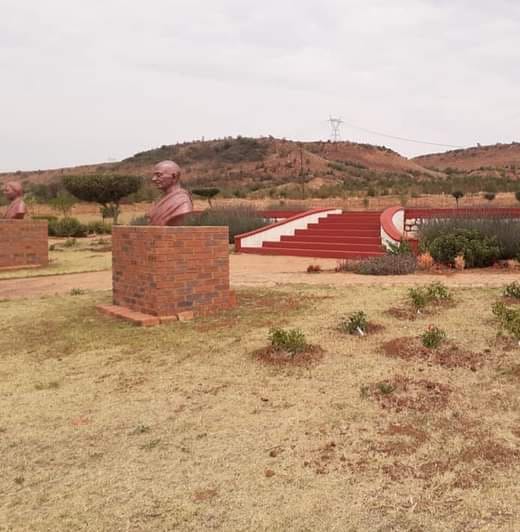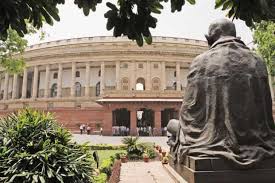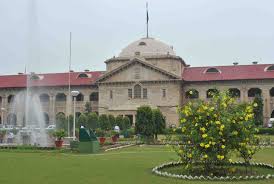Herman Kallenbach: The Spirit behind Gandhi’s Tolstoy Farm
Siby K. Joseph

Tolstoy Farm was the second experiment in community living undertaken by Gandhi, which was established near Johannesburg, as a corollary to Phoenix Settlement during the second Satyagraha campaign against the Asiatic Registration Bill popularly known as Black Act.
It was mainly to accommodate families of Satyagrahies and to lead a communitarian life which Gandhi described as “cooperative commonwealth.” Gandhi wrote in Satyagraha in South Africa “There was only one solution for this difficulty, namely, that all the families should be kept at one place and should become members of a sort of co-operative commonwealth. …the families of Satyagrahis would be trained to live a new and simple life in harmony with one another.
Indians belonging to various provinces and professing diverse faiths would have an opportunity of living together.” Gandhi was looking for a suitable place suitable for a settlement of this nature in the Transvaal and near Johannesburg which was the mainstay of Satyagraha.
He explains the reasons for the selection of the particular site.“ To live in a city would have been like straining at a gnat and swallowing a camel. The house rent alone would perhaps amount to the same sum as the food bill, and it would not be easy to live a simple life amidst the varied distractions of a city.
Again in a city it would be impossible to find a place where many families could prosecute useful industry in their own homes. It was therefore clear that the place selected should be neither too far from nor too near a city”.
It was Herman Kallenbach, a Lithuanian born Jewish South African architect and a close friend of Gandhi, who bought a farm of about 1,100 acres and gave the use of it to the Satyagrahis free of any rent or charge on the condition that they will vacate the site on the termination of satyagraha struggle. Thus Tolstoy Farm was established on May 30, 1910 in a site which is located in a southwestern corner of the Johannesburg municipal area, approximately 35 kms from Johannesburg, 2 kms from the Lawley Station.
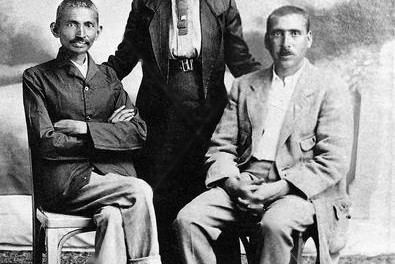
The name Tolstoy Farm for the settlement was given by Kallenbach in consultation with Gandhi. Like Gandhi Kallenbach was also highly influenced by the teachings of Tolstoy. Gandhi wrote in his letter to Tolstoy the impact of his teachings on Kallenbach. ” Kallenbach has written to you about Tolstoy Farm. Kallenbach and I have been friends for many years. I may state that he has gone through most of the experiences that you have so graphically described in your work, ‘My Confessions’.No writing has so deeply touched Mr. Kallenbach as yours; and as a spur to further effort in living up to the ideals held before the world by you, he has taken the liberty, after consultation with me, of naming his farm after you.” Gandhi and Kallenbach had a very intimate relationship. In the case of Phoenix settlement Gandhi could hardly find time for its day to day functioning. When the Satyagraha struggle shifted to the Transvaal Gandhi guided its activities from Johannesburg and this facilitated Gandhi’s active involvement in the running of the Farm.
In the Farm everyone had only shared accommodation separately for men and women. Further instead of each settler cultivating a separate plot of land, it was decided to cultivate jointly to ensure economy in production process and to develop cooperative spirit. It was insisted that not to have any servants either for the household work or as far as might be even for the farming and building operations.
Everything starting from cooking to scavenging was done by the inmates. Gandhi wrote “The work before us was to make the Farm a busy hive of industry, thus to save money and in the end to make the families self-supporting.” Tolstoy Farm was an ideal laboratory for fostering community spirit. “The settlers learned to look upon one another as members of the same family, the Satyagrahis secured a pure place of refuge, little scope was left for dishonesty or hypocrisy and the wheat was separated from the tares.”
The farm provided Gandhi to undertake further experiments in the field of education. He wrote “As the Farm grew, it was found necessary to make some provision for the education of its boys and girls. There were, among these, Hindu, Musalman, Parsi and Christian boys and some Hindu girls. It was not possible, and I did not think it necessary, to engage special teachers for them. It was not possible, for qualified Indian teachers were scarce, and even when available, none would be ready to go to a place twenty-one miles distant from Johannesburg on a small salary.
Also we were certainly not overflowing with money. And I did not think it necessary to import teachers from outside the Farm. I did not believe in the existing system of education, and I had a mind to find out by experience and experiment the true system. Only this much I knew – that, under ideal conditions, true education could be imparted only by the parents, and that then there should be the minimum of outside help, that Tolstoy Farm was a family, in which I occupied the place of the father, and that I should so far as possible shoulder the responsibility for the training of the young.”
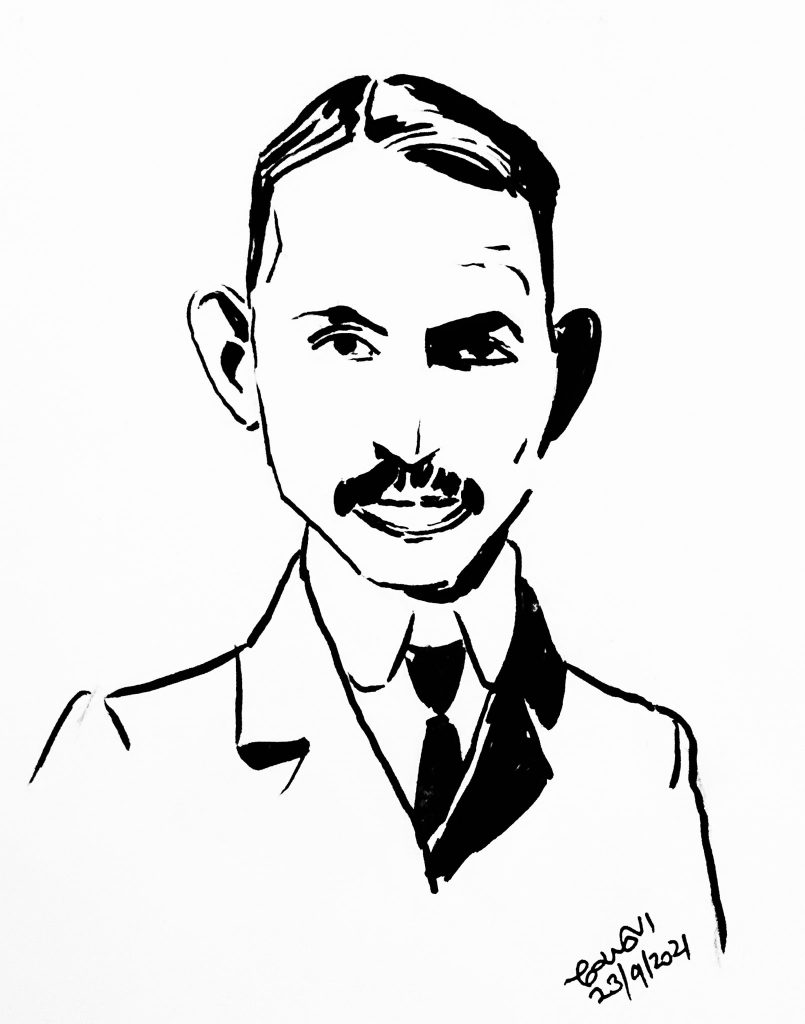
Gandhi started his experiments in education from Phoenix Settlement and it developed further under his personal guidance and active participation in the Farm . His experiment in coeducation was the boldest one and his emphasis was on building character. : “I had always given the first place to the culture of the heart or the building of character, and as I felt confident that moral training could be given to all alike, no matter how different their ages and their upbringing, I decided to live amongst them all the twenty-four hours of the day as their father. I regarded character building as the proper foundation for their education and, if the foundation was firmly laid, I was sure that the children could learn all the other things themselves or with the assistance of friends.”
This settlement played an important role in the prosecution of Satyagraha. Gandhi wrote “Tolstoy Farm proved to be a centre of spiritual purification and penance for the final campaign. I have serious doubts as to whether the struggle could have been prosecuted for eight years, whether we could have secured larger funds, and whether the thousands of men who participated in the last phase of the struggle would have borne their share of it, if there had been no Tolstoy Farm.” Most of the families left the farm after the of Satyagraha struggle.
The ownership was moved from one hand to another in the course of time. At the present the site is owned by the Corobrik brick factory. However, taking note of Tolstoy Farm’s strategic and historic importance the company has given around three and half acres of the land to develop as Gandhi Memorial Garden.
About the Author
Dr. Siby K. Joseph is Director, Sri Jamnalal Bajaj Memorial Library and Research Centre, Sevagram Ashram Pratishthan, Wardha-442102, Maharashtra.
Email:directorjbmlrc@gmail.com

